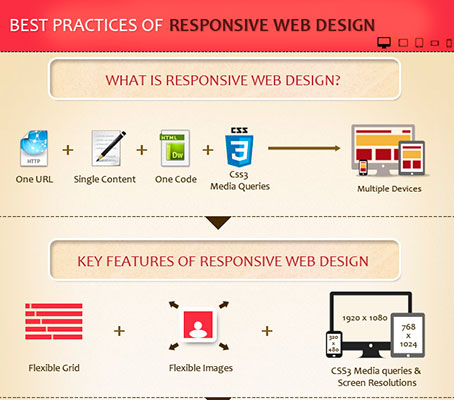Essential Site Layout Tips: Exactly How To Build A Website That Prioritizes Individual Experience
Essential Site Layout Tips: Exactly How To Build A Website That Prioritizes Individual Experience
Blog Article
Post Author-Scarborough Gammelgaard
When it comes to site layout, ensuring user-friendliness is vital. From responsive design to structured navigating, every component plays a vital function in developing a website that satisfies your target market's demands. However what concerning the better details that can make or damage a user's browsing experience? Keep tuned as web design & development reveal some often-overlooked pointers that can elevate your internet site's functionality to the next level, making it truly stand apart in the digital landscape.
Relevance of Responsive Layout
Receptive layout is a critical element of modern-day site development. Ensuring your web site is receptive methods that it can adapt to various display dimensions and tools, offering a smooth experience for individuals.
With the enhancing use mobile phones and tablet computers to access the web, having a responsive design is vital for getting to a bigger target market. It helps in improving customer experience by making your site very easy to browse and continue reading any type of tool.
Furthermore, receptive style can favorably influence your search engine rankings, as search engines like Google prioritize mobile-friendly internet sites. By having a receptive style, you're also future-proofing your web site, as new tools with differing screen sizes continue to arise.
Simplify Navigating Structure
To enhance customer experience and promote very easy access to information on your internet site, simplifying the navigation framework is vital. When designing your site, focus on creating a clear and intuitive navigating menu that aids visitors locate what they're trying to find rapidly.
Restriction the number of food selection things to the fundamentals, organizing relevant web pages together to avoid frustrating individuals. Usage descriptive tags that plainly suggest the web content of each page, making it simpler for users to comprehend where each link will certainly take them.
Think about executing dropdown food selections for subcategories to stop cluttering the main navigation bar. Additionally, consist of a search bar prominently on the page for users that favor searching for particular details.
Focus on mobile responsiveness in your navigation design to make sure simple gain access to on all gadgets.
Optimize Web Page Lots Rate
Improving page lots rate is important for maintaining site visitors on your website. Slow-loading pages discourage users and can cause high bounce prices. To maximize page tons rate, start by maximizing images. browse around this web-site without jeopardizing top quality to lower their documents dimensions.
Furthermore, enable browser caching to store often accessed resources locally, accelerating lots times for returning visitors. Minify CSS, JavaScript, and HTML documents by eliminating unneeded characters, remarks, and formatting, improving load rate.
Take into consideration utilizing a content distribution network (CDN) to disperse your web site's web content throughout several servers worldwide, minimizing latency for individuals accessing your site from various areas. Lastly, restrict the use of third-party manuscripts and plugins, as they can substantially affect tons times.
Final thought
In conclusion, by integrating responsive design, streamlining navigating, and maximizing page load rate, you can create an user-friendly web site that interest a bigger target market and boosts user experience. These essential elements guarantee that visitors can easily gain access to and browse your website across different gadgets, leading to boosted interaction and contentment. By concentrating on these essential elements, you can build a successful internet site that keeps customers returning for even more.
